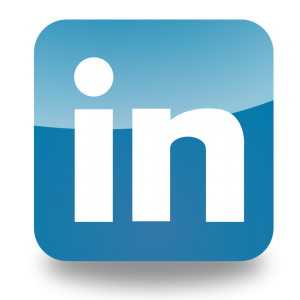Limit your Social Media Presence for Best Results
We’ve all heard the mantra that you have to be on as many social media channels as possible and must be continually updating them and engaging with your potential audience, or you’re leaving loads of potential business on the table.
But is it actually true?
Simple answer – no.
There are certainly multiple benefits to be had from implementing an effective social media strategy, but for myself I’ve never been in favour of the “headless chicken” approach to marketing, which generates lots of activity but very little return.
What you should really do is focus on the social media outlets that will provide you the best return from any activity you engage with on them.
I always recommend businesses use Twitter, as I believe it to be a very useful method of promoting your website content and finding new Followers in a process of continuous expansion of your audience (more on social media marketing here). But beyond that, I’m not convinced that Facebook works very well for those not in a business to consumer industry – so for business to business firms I recommend LinkedIn, Facebook being more aimed at the retail market or those who wish to target and engage with potential customers to develop a personal relationship (eg musicians, writers).
As for the other social media sites, do you really need an Instagram account? Or Pinterest? Or Vine? Sure, these are well-populated media with plenty of activity, but you should really think about where you want to focus your attention before you get involved with throwing everything at the wall in the hope it will stick – there’s nothing that says “we don’t care about you” more than a ghost town social media account.






